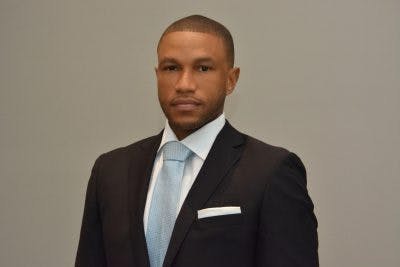Certain conditions in life can lead many of us with no choice but to hustle. There is a “do or die” mentality that goes along with being in a circumstance where there is either no safety net or a limited one. There can be a sense of desperation that can either lead to a series of increasingly detrimental decisions or it can generate a supreme level of focus and dedication that drives one to levels of achievement beyond what they could previously comprehend. In one way or another, hustling is what ultimately lifts one out of extreme circumstances to a better way of life.
Hustle, defined by dictionary.com as a verb meaning “to proceed or work rapidly or energetically”, is often a key factor in social mobility for individual people and broader communities. Hustling is a foundational element of American culture and society and is a multidimensional concept. A battle is being waged in many schools and communities over which aspect of “hustling” will become culturally dominant and guide the focus of students and prospective students.  Dr. Marcus Bright
Dr. Marcus Bright
Dr. Michael Eric Dyson provided descriptions for bright hustling and blight hustling in his book JAY-Z: Made in America. Dyson described blight hustling as something that happens on the street corners of American society. Those who have their backs against the wall and feel that they are forced to go into the underground economy and cooperate with ill-gotten gain.
Dyson wrote that “positive, legitimate, legal hustling can be termed bright hustling. It encompasses a wide range of activities: creating multiple streams of income, renting a room in your house, earning passive income through real estate investments, opening a small business, building banks, donating blood for money, coming up with a computer software app for mobile devices, getting a Ph.D., playing professional sports, becoming a lawyer, doctor, engineer, hairdresser, barber…"
This choice between blight hustling and bright hustling is one that many adults, both young and old, are having to contend with as additional governmental supports associated with the COVID-19 pandemic continue to subside. The pressure to hustle gets ratcheted up as the weight of economic needs and expectations continue to build.
The pull and temptation to engage in blight hustling increases as bright hustling avenues appear dim. The immediate need for resources and gratification that blight hustling can appear to satisfy is a mighty one to contend with. Additionally, blight hustling is often mass marketed and glorified through music, television, and movies. It is hard to do long-term thinking and cultivate the ability to delay gratification when you are trying to figure out what and how you are going to eat that night.
For adults, figuring out how you are going to pay bills when there is more month than money often trumps theoretical concepts and vague policy proposals. The more extreme situations become, the blurrier the lines between good and bad and ethical and non-ethical become. The cost of housing, gas, food, and other elements that make up one’s quality of life are quickly accelerating while wages are either stagnating or only slightly improving. This increases the pressure on both younger and older students who are dealing with deciding between bright and blight hustling scenarios.
Higher education institutions would be prudent to adapt their programming and the way that they present their offerings to make the benefits of bright hustling more appealing than the potential spoils of blight hustling. It is not enough to condemn blight hustling without providing ways where economic sustenance can be met with bright hustling. Tangible impact on one’s day-to-day quality of life should be highlighted and fortified with legitimate opportunities for economic and social mobility.
There is a premium on high quality programs that can give students the credentials and skills that they need in a relatively short period of time. This means going beyond just putting something in place to say that you have something, but it requires going the extra mile to examine the quality of the program and to make sure that the credentials that students receive are connected to higher tier employment and economic opportunities.
One idea is to make a massive investment in providing paid experiential learning opportunities to people where they can get paid to work in areas that will provide them with the tools for longer term economic viability and money to support their immediate financial needs. Additionally, the expansion of access and funding for shorter training programs that produce sought after certifications in data analytics, Kubernetes, and supply chain logistics could also have appeal to students who are looking to make transformational career moves.
There is choice and agency even within the midst of adverse circumstances. People need to have choices that lead to their empowerment and support through every step of their higher education process. The communication channels and messengers that are selected to deliver post-secondary educational options to prospective students are pivotal. The more credible and trusted the source of information is in the eyes of the intended target, the more likely it is that the information will be acted on in a meaningful way.
Brighter ways to get to one’s desired destination can be uncovered and pursued, but it must be understood that they will have to compete to win against blight-oriented alternatives. These battles take place and are won in “the trenches” and not in “ivory towers”. It is time for higher education officials to roll up their sleeves and do some bright hustling for a better future.
Dr. Marcus Bright is a scholar and educational administrator.
















